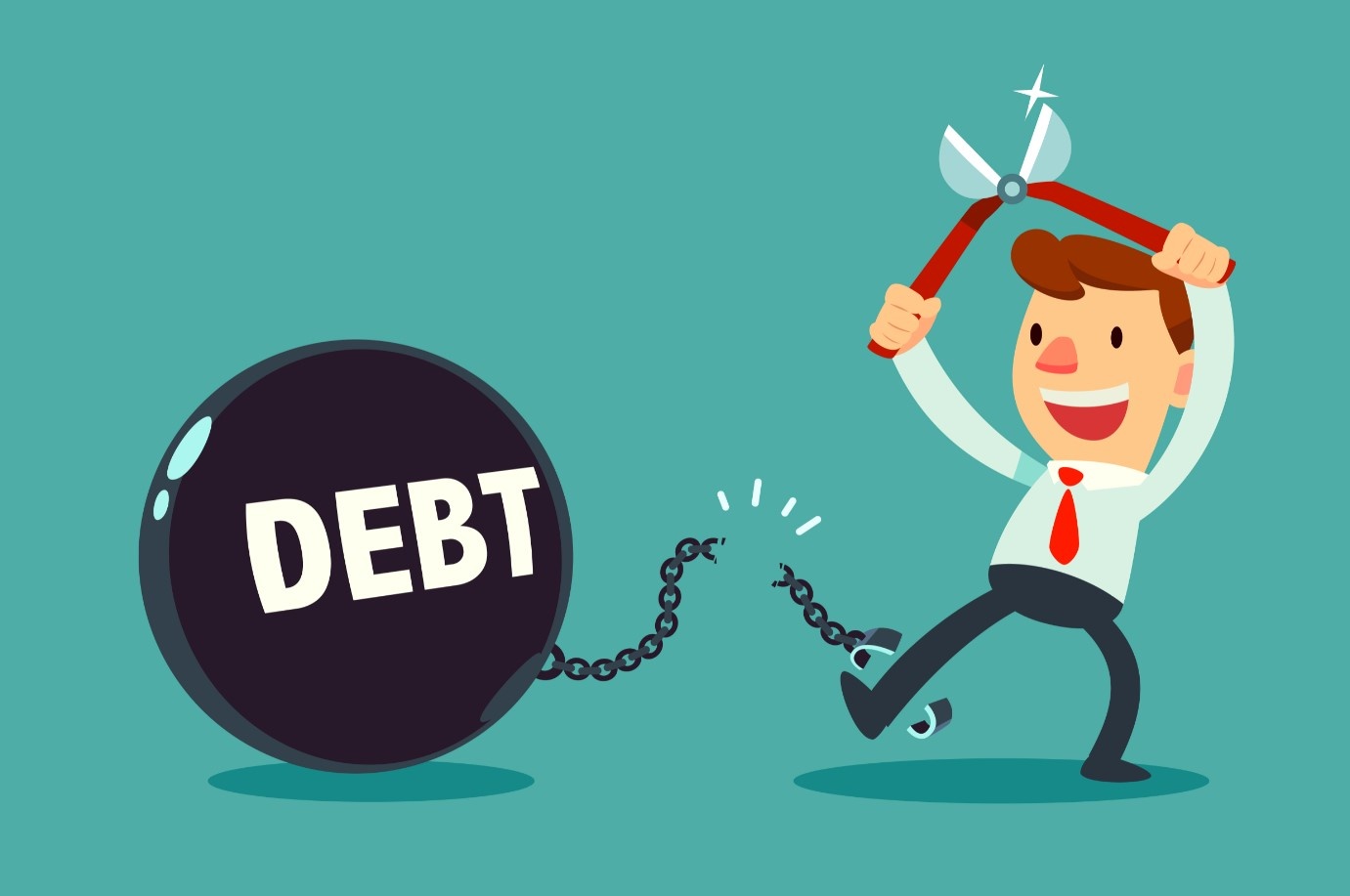Leading Advantages of Debt Debt Consolidation for Handling Your Funds: More Discussion Posted Here
The Comprehensive Overview to Producing and Implementing an Efficient Financial Obligation Management Plan for Lasting Financial Obligation Alleviation

Analyzing Your Financial Obligation Scenario
When getting started on the trip to produce a reliable financial debt administration plan, it is vital to begin by extensively assessing your current debt circumstance. More Discussion Posted Here. This preliminary step is important as it supplies a clear understanding of the degree of your financial obligations, the rates of interest connected to each debt, and the minimal month-to-month settlements needed. By putting together an extensive list of all your financial debts, consisting of credit history cards, finances, and any type of other outstanding equilibriums, you can get insight right into the complete amount owed and prioritize which financial debts to deal with first
When analyzing your financial debt circumstance, it is essential to review your revenue and costs to identify just how much you can genuinely allot towards financial debt payment each month. This evaluation will certainly help you develop a budget plan that guarantees you can satisfy your debt commitments while still covering important living expenditures. Furthermore, by recognizing any type of unneeded costs that can be reduced or gotten rid of, you can maximize a lot more funds to put in the direction of settling your financial debts efficiently.
Creating a Budget Strategy
To properly handle your funds and achieve your debt payment goals, it is critical to develop an extensive budget plan. A budget strategy acts as a roadmap for your economic wellness, outlining your income, expenses, and cost savings goals. Begin by computing your complete month-to-month revenue after tax obligations. This includes your salary, any additional income sources, and government benefits. Next, listing all your repaired costs such as lease or home mortgage, energies, insurance policy, and car loan payments. Variable expenses like groceries, entertainment, and transportation should additionally be made up by approximating a typical regular monthly expense. Separate between needs and wants to focus on essential expenditures while recognizing locations where you can cut down. Assign a portion of your revenue in the direction of cost savings and an emergency fund to avoid accumulating even more financial debt in situation of unforeseen expenses. Routinely review and adjust your budget as required to remain on track in the direction of accomplishing financial stability and successfully handling your financial debt.
Working Out With Financial Institutions
Involving in conversations with creditors is a critical action in proactively resolving and resolving exceptional financial debt commitments. Start by gathering all appropriate details about your financial obligations, consisting of account information, superior equilibriums, and passion prices.
Throughout negotiations, be honest about your financial challenges and communicate openly about your willingness to pay back the debt. Lenders are commonly willing to deal with people that show an authentic effort to fix their obligations. You can review possible choices such as restructuring the layaway plan, bargaining a reduced rate of interest rate, and even resolving the financial obligation for a decreased amount.
Bear in mind to record all communication with creditors, consisting of arrangements reached, layaway plan developed, or any type of modifications to the terms of the debt. By involving in positive discussions and reaching equally valuable arrangements, you can pave the way towards sustainable debt alleviation and monetary stability.

Implementing Financial Debt Payment Strategies
An essential facet of handling debt successfully is the implementation of well-thought-out payment techniques. When applying debt payment strategies, it is necessary to start by focusing on debts based on variables such as rates of interest, superior balances, and lender terms. One usual method is the financial debt snowball approach, where you concentrate on settling the tiniest debts first while link making minimum settlements on larger financial debts - More Discussion Posted Here. This method can supply a feeling of accomplishment as financial obligations are repaid, motivating you to proceed the procedure.
An additional method is the debt avalanche technique, which involves focusing on financial obligations with the highest possible rates of interest to reduce the total rate of interest paid in time. By tackling high-interest financial obligations initially, you can conserve cash in the long run. Whichever approach you pick, consistency in making repayments is key to efficiently decreasing financial obligation. Setting up automatic payments or producing a comprehensive repayment timetable can assist you remain on track and avoid missed out on settlements. Monitoring your development consistently and changing your techniques as needed will certainly make sure that you are successfully managing your financial debt and working in click here for more the direction of monetary freedom.
Surveillance and Adjusting Your Strategy
Regularly examining and adjust your financial obligation monitoring plan is important for keeping financial stability and attaining your long-term goals. Checking your strategy entails tracking your development, reviewing your budget on a regular basis, and remaining updated on your arrearages. It is vital to monitor your strategy to make certain that you get on track to meet your payment goals and make any type of essential adjustments as your financial situation modifications.
One method to check your financial debt monitoring strategy is by regularly evaluating your budget plan and costs to determine locations where you can reduce expenses and designate even more funds in the direction of financial debt settlement. By tracking your investing behaviors and reassessing your spending plan periodically, you can make enlightened choices on just how to maximize your financial debt settlement method.
In addition, checking your plan enables you to remain motivated and concentrated on your financial objectives. Commemorate little success along the road, such as settling a credit report card or minimizing a considerable part of your debt. These landmarks can maintain you inspired and committed to sticking to your financial debt administration prepare for sustainable financial debt alleviation.
Conclusion
In conclusion, developing and carrying out an effective financial debt monitoring plan calls for a detailed evaluation of your debt scenario, the advancement of a budget plan, arrangement with lenders, implementation of financial debt payment approaches, and constant monitoring and change. By following these actions, individuals can attain sustainable financial debt relief and take control of their economic future.
With cautious preparation and tactical decision-making, crafting a comprehensive financial obligation management strategy is not only attainable but likewise necessary for long-term financial obligation relief.When embarking on the trip to develop an efficient financial obligation management strategy, it is necessary to start by thoroughly examining your current financial obligation situation. When executing financial debt repayment techniques, it is crucial to start by prioritizing financial debts based on factors such as interest rates, superior balances, and creditor terms. One typical strategy is the financial debt snowball method, where you focus on paying off the smallest financial obligations initially while making minimal payments on use this link larger debts. These turning points can maintain you inspired and devoted to sticking to your financial debt management plan for sustainable debt relief.